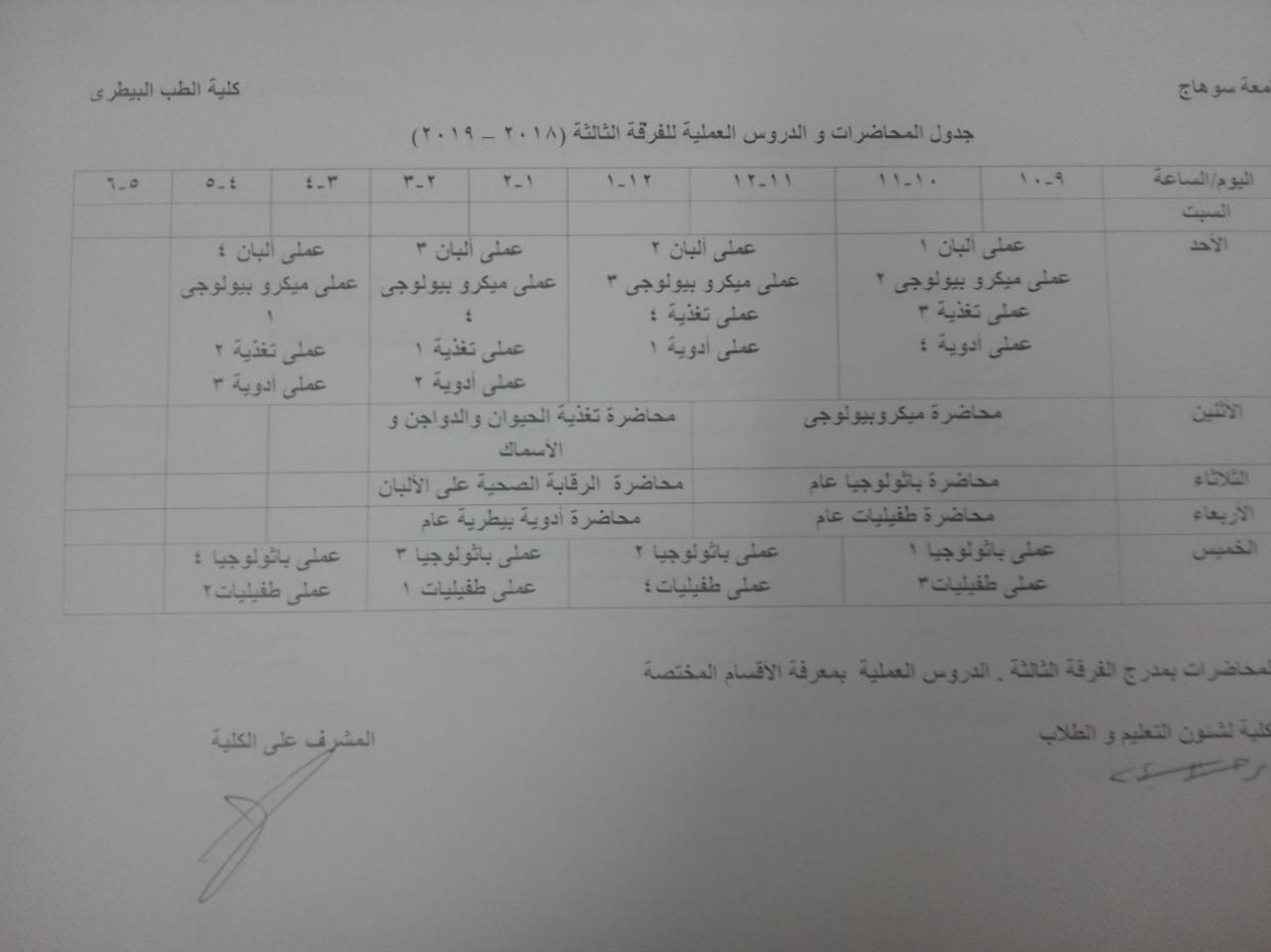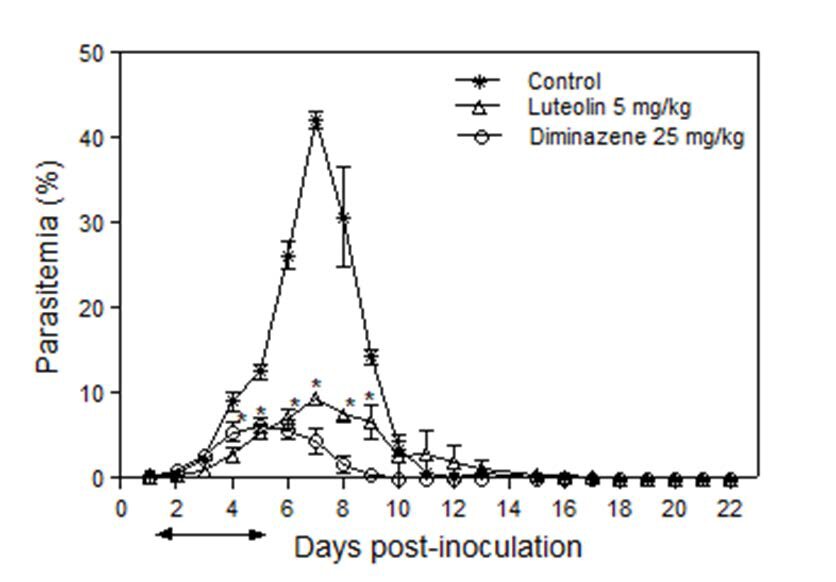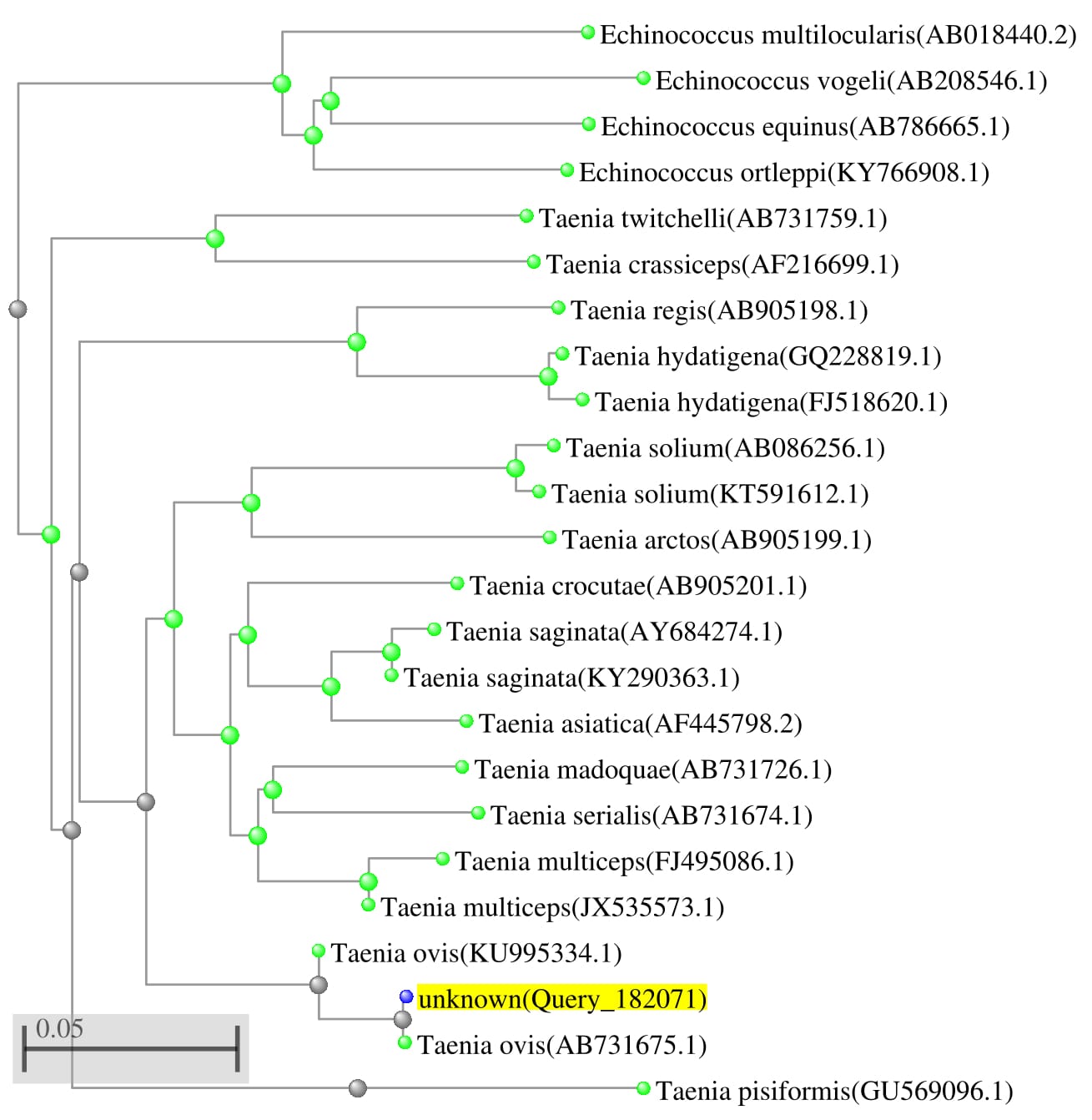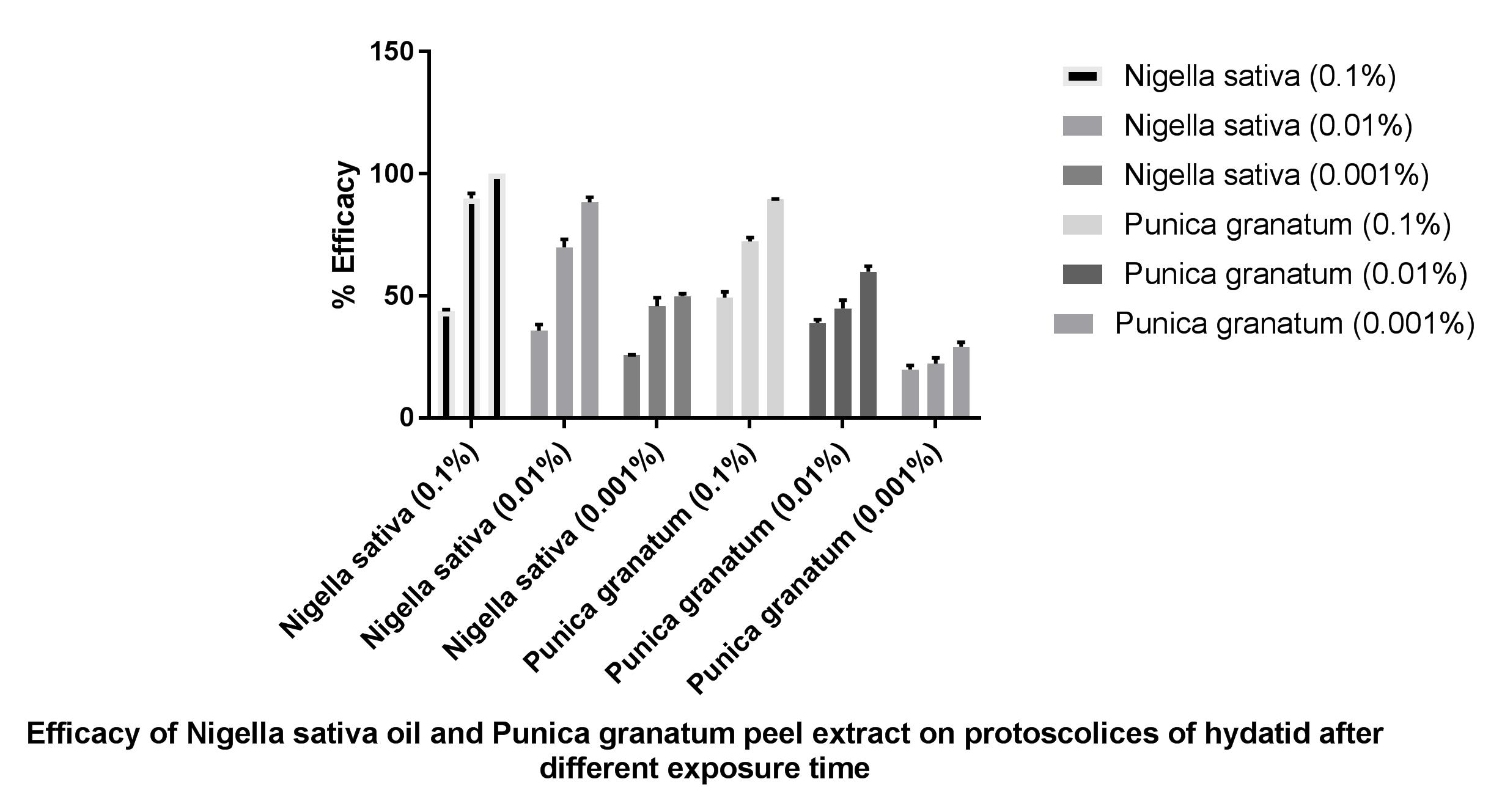على جميع طلاب الفرقة الثالثة - الالتزام بتعليمات المعمل ولا يتم دخول المعمل وحضور السكاشن العملية الا بالاتى : 1- الباطو 2- كتاب العملى 3- الادوات اللازمة للسكشن ولايؤخذ الغياب الا بعد انتهاء ساعات السكشن كما هو مقرر بالجدول
Read more








